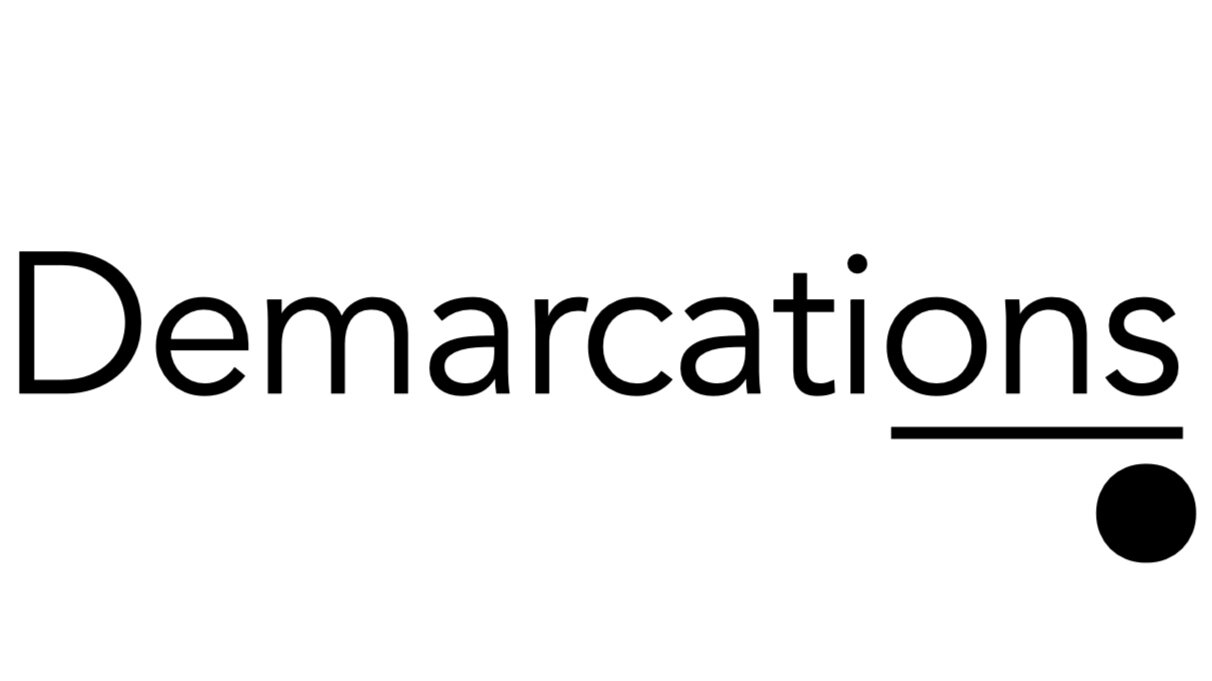There's an interesting article on Customer Relations Management (CRM) software in this month's California Lawyer. It does a nice job describing what these applications do, as well as some of their limitations. And I was both surprised and pleased to read this section:
But in practice, most CRM systems do require a change in the way attorney workflow is handled on a day-to-day basis. Building a robust CRM system depends on a resource many firms are reluctant to surrender: attorney time.
"Your success or failure with CRM software is less a technology issue and more a process problem," says Andy Havens, a legal marketing consultant and founder of Sanestorm Marketing. "It has more to do with what you're going to require lawyers to do as part of their daily work than [with] the features of the software. You have to know what things your lawyers are willing to do that are trackable."
I find this dynamic to be true with any technology roll out, unless it's completely on the backend. A great deal of management time goes into developing and then training on the new workflow. If possible, our technology team works to customize the application to fit our workflow preferences, and facilitate any necessary changes to the workflow as gently as possible.
But isn't it amazing that many developers expect the users to model their processes around the application, rather than the other way around? And it's not necessarily about customizability. A lot of enterprise software, while including many powerful features, seems to have been developed with only minimal consideration of the workflow it is designed to facilitate. Workflow should be a key element of software design.
D. Mark Jackson
